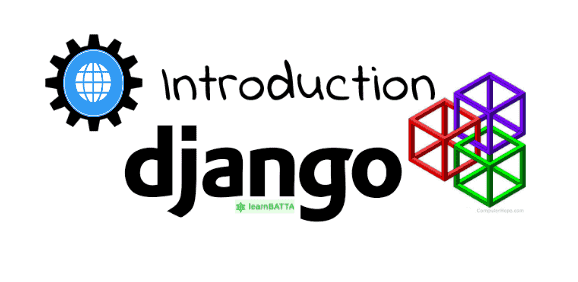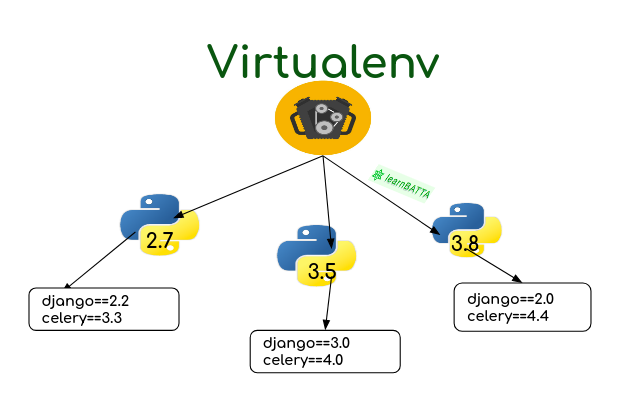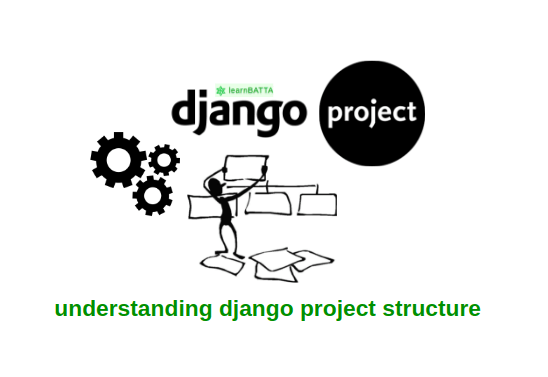Introduction To Django Web Framework¶

Django is a high level python web framework. It is a open source web framework released under the licence of BSD. Django allows developers to build web applications in a short span of time. Django applications are powerful, fast, most secure and exceedingly scalable.
Django was designed to help developers to complete the web applications as quickly as possible. Django provides best security mechanisms it helps developers to avoid many common security mistakes. Django follows rapid web development so that developers can make changes to any complex application easily with timely deadlines.
Django follows the MVC(Model, View, Controller) architecture. It allows clean design and development. Model deals with databases and Controller deals with business logic and View deals with presentation logic. In Django MVC has just changed to MTV(Model, Template, View)
Model = Model, View = Template, Controller = View
Django has built in ORM(Object Relational Mapper). It simplifies everything. Developers need not to worry about writing of SQL queries. Developers just have to write a django query that deals with objects. ORM will convert the django query into SQL query and performs it on database and again converts database results into objects. Developers just have to play with objects. It saves a lot of time. Djang provides multiple language support for web applications. Django is one of the best python web frameworks .
Django comes with inbuilt security checks such as SQL injection, cross-site scripting, cross-site request forgery and clickjacking. Django’s user authentication system provides a secure way to manage user accounts and passwords. Some of the high traffic websites on the web use Django’s ability to quickly and flexibly scale to meet the heaviest traffic demands.
History of Django Web Framework¶
Django was created in the year of 2003, when the web programmers at the Lawrence Journal-World newspaper, Adrian Holovaty and Simon Willison, began using Python to build applications. It was released publicly under a BSD license in July 2005. Django web framework was named after guitarist Django Reinhardt. In June 2008, it was announced that a newly formed Django Software Foundation (DSF) would maintain Django in the future.
Reasons to choose Django Web Framework¶
- Write less code do more
- Open source web framework
- Tons of packages available to use
- Great Community Support
- Suits for projects of any size
- Used and trusted by world best companies
- Perfect for time based projects Highly Scalable
Advantages of using Django Web Framework¶
- Built-in ORM(Object Relational Mapper) Support
- Multiple Language Support
- Built-in Frameworks for Sitemaps, RSS, Caching, etc.

